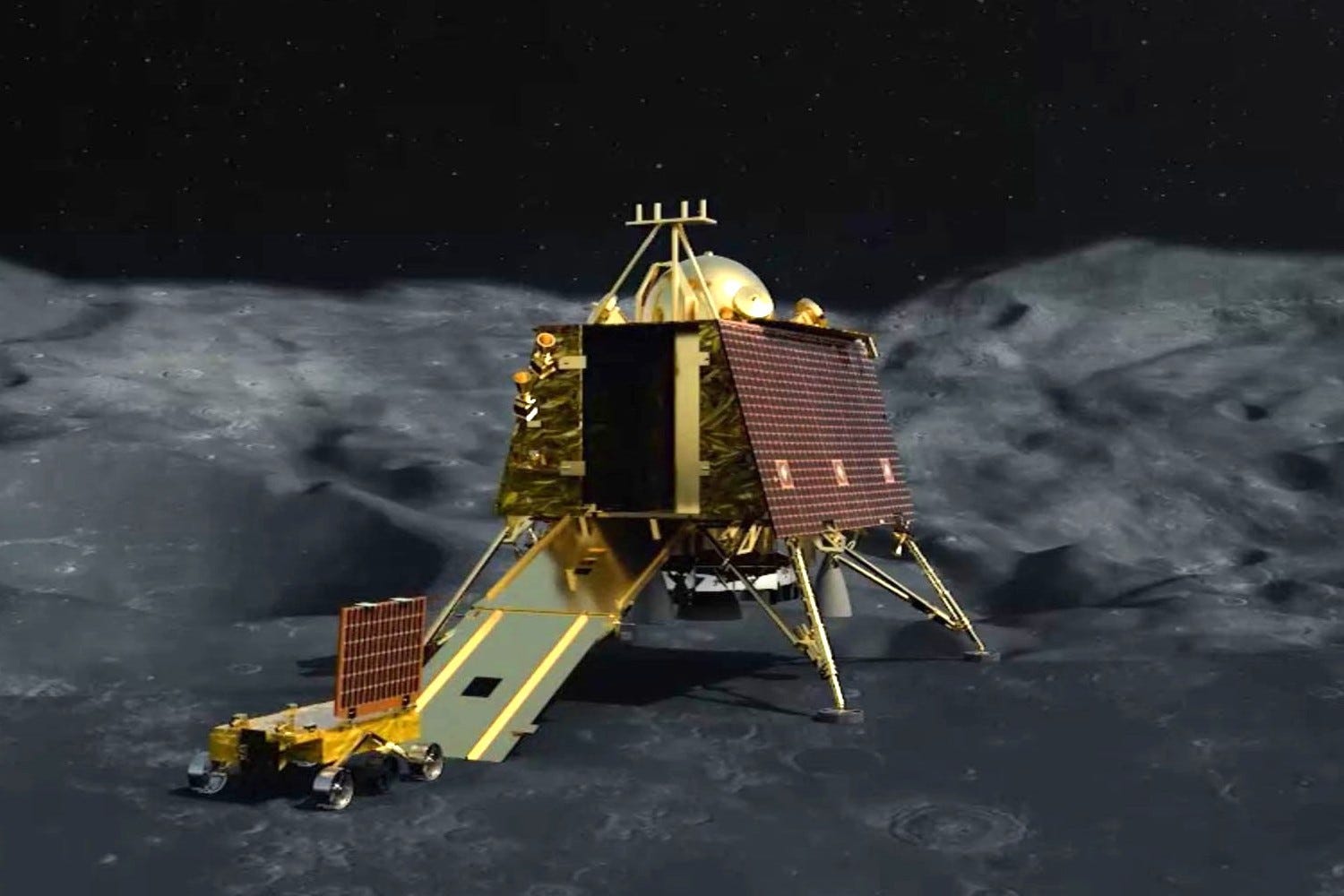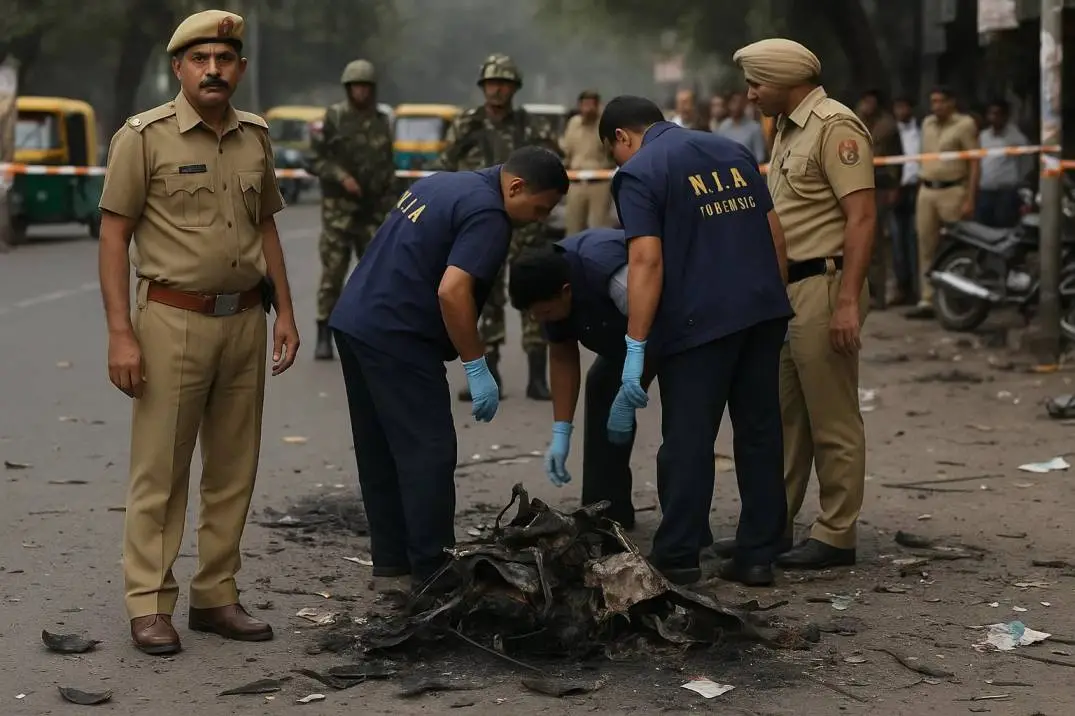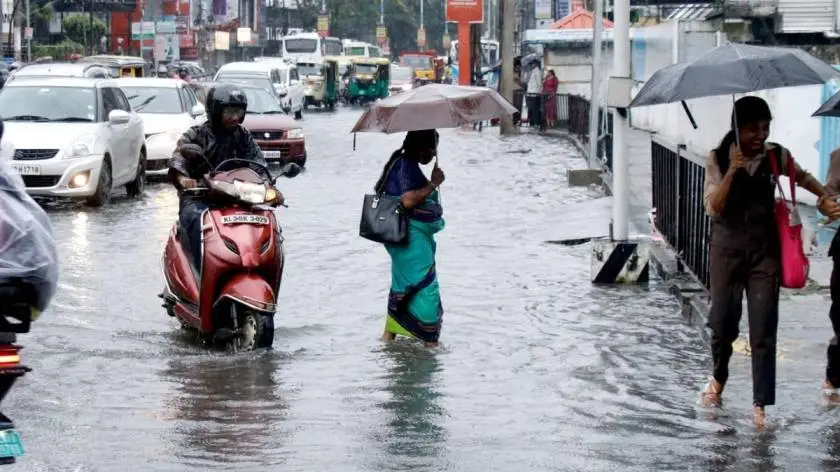
Chandrayaan-3: Hopes of Moon lander reawakening dim as India awaits signal
After a period of 14 Earth days of darkness and brutal cold (temperatures around -200 degrees Celsius), the Sun rose over the Moon's south pole, near the location of the Chandrayaan lander and Indian Rover 3. Please wait . from September 2 After a soft landing on the Moon on August 23, the solar-powered Chandrayaan-3 mission completed all planned science missions in two weeks and concluded successfully by carrying out a surprise jump test in the final phase of the mission. All eyes are on the Indian space agency ISRO, which expects to hear from Chandrayaan-3 on Friday, September 22.
WION discovered the sun rising over Shiv Shakti Point (which is the name given by India to the landing site of Chandrayaan-3). The real problem, however, is not the dawn. The sun must be at a certain angle for the solar panels on the Chandrayaan-3 Vikram lander and Pragyan rover to receive sunlight and use the sun's energy to heat themselves, charge their batteries and receive signals from Earth. Try waking up again.
“The solar panel is oriented to receive light at the next sunrise, scheduled for September 22, 2023. The receiver stays on! » Let's hope for a positive awakening to a new set of tasks! Otherwise you remain there forever as India's lunar ambassador,” ISRO said on September 2.

The parameters that determine the awakening
Temperatures on lunar days are around 130 degrees Celsius (more than double the highest temperature recorded on Earth.) The Chandrayaan-3 lander and rover have lived and worked throughout their intended operational lives and have demonstrated their full operational capacity during the lunar day.
As the lunar night approached, ISRO fully charged the batteries of the Vikram Lander and Pragyan rovers and has placed them in sleep or rest mode, similar to what some mammals (bears and rodents) do on Earth to prepare for harsh and brutal winters when temperatures are freezing and food is scarce. They eat as much as possible, slowing down activity metabolic rate and entering a state of dormancy for weeks or months.
Chandrayaan-3 depended solely on solar energy for its functioning and was put into hibernation as it was assumed that there would be no sunlight (electricity) during the lunar night. To put things in context, Russia's Luna-25 (which crashed days before Chandrayaan-3 landed) was powered by a thermonuclear radioisotope generator, a type of nuclear battery that would help it last on Earth for at least one Earth year. . Moon: The power source used by the Russian probe would provide energy and also help the probe stay warm during the lunar night. However, ISRO does not yet have this technology and had to make do with the pair of solar-powered landers and rovers.
Lunar night temperatures in the equatorial regions of the Moon are around -130 degrees Celsius. However, near the lunar south pole, temperatures can easily reach minus 200 degrees Celsius. For Chandrayaan-3 to survive, the circuitry, sensors, electronics, hardware and other components of the Vikram lander and Pragyan rover would have to survive this cold.
"It is likely that the (lander rover) systems will work longer. But since we will not have electricity for the next 14 days (it is unlikely that the mission lasts much longer because the battery cannot support it for long. At temperatures of -150 degrees Celsius, the survivability limit of many materials used in the lander is much higher than the survivability limit of many of the materials used in the lander. lander... The duration of the mission is 14 days, as per design. “If we are lucky, we can extend it,” said M Sankaran, director of the lander. “ISRO. The UR Rao Satellite Center had earlier told WION.
Even after sunrise, the Moon's temperature is expected to stabilize from the extremely cold night temperature, which corresponds to a variation of more than 300 degrees Celsius, to daytime temperature.
Why is Vikram's survival crucial?
ISRO's Vikram lander serves as the mother ship and the Pragyan rover is her baby. The 26kg Pragyan was on the Vikram lander until the rover landed and deployed.
Although Pragyan has his own cameras, solar panels, and science payloads, his capabilities are limited and entirely dependent on the mothership. To put things into context, Pragyan only traveled distances on the Moon that were within the field of view of the probe's cameras, just as a mother would not lose sight of a child. When ISRO mission operations teams send commands to the Pragyan rover, they do not transmit commands directly from the ground antennas to the rover. Instead, commands are sent from antennas on the ground to the lander and then transmitted from the lander to the rover. Likewise, data from the rover itself is sent first to the lander and then to Earth.
Since Vikram is the crucial communication link in this mission, his survival is of utmost importance, without which Pragyan's survival would be meaningless.
The emergency communications link
If the Vikram lander is the only one to survive this brutal moonlit night and the ISRO is in trouble, so go away For communication with the lander, there is a backup communication channel which ISRO keeps ready.
The Chandrayaan-2 orbiter, orbiting the Moon since September 2019, is still active and operational, according to ISRO. Days before the soft landing of Chandrayaan-3, ISRO established a communication link between the Vikram Chandrayaan-3 lander and the Chandrayaan-2 orbiter. ISRO then has a messenger around the Moon if needed.
A possible warning is a big plus
Chandrayaan-3 not only completed the planned mission without any problems, but also performed a jump , Test vertical takeoff, hover and short landing. Data from the jump test would provide ISRO with important information to plan more ambitious lunar missions (including sample return missions) and work on developing such technology.
While the scientific community awaits a possible awakening, expert researchers are already analyzing the enormous amount of data provided by the Chandrayaan-3 lander and rover. and the competent teams behind the respective scientific tasks. It would take months, if not years, to draw scientific conclusions and theories from this data. This is what science missions are for: studying the mission data takes exponentially longer than the mission itself.
Every awakening will be a pleasant surprise and an important confirmation. of the extreme robustness of ISRO's lander and rover technology and gives ISRO much more confidence for such extremes. Indian science dares to explore other celestial bodies.








